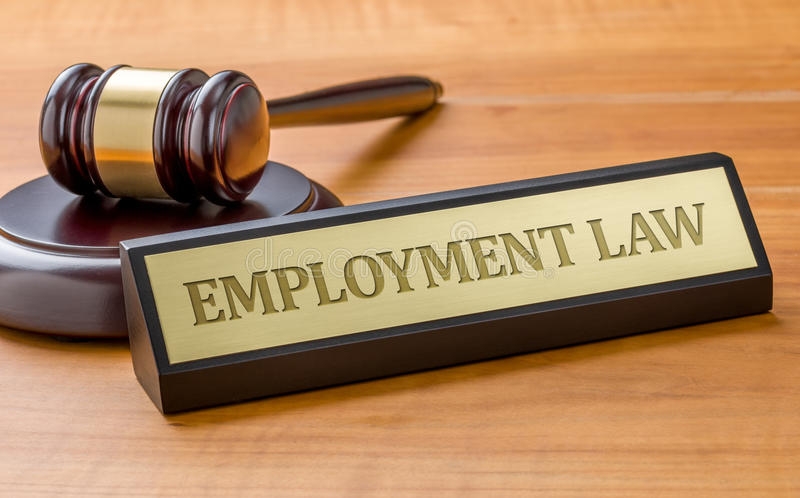 It is a common misconception that when an employee goes off sick during their notice period they will only receive Statutory Sick Pay (SSP) for the entire duration of the notice period. Here we will look at different staff absence scenarios where this is not the case.
It is a common misconception that when an employee goes off sick during their notice period they will only receive Statutory Sick Pay (SSP) for the entire duration of the notice period. Here we will look at different staff absence scenarios where this is not the case.
Statutory Minimum Notice Periods
Before we discuss the specific rules around notice periods and sickness leave, let’s remind ourselves of what the law requires each party to give to bring the contract of employment to an end:
- Employer to employee = 1 week per completed year of service. For example, if an employee has 10 years’ service, the employer will have to give the employee 10 weeks’ notice.
- Employee to employer = 1 week regardless of service. For example, if an employee has 10 years’ service they are still only required to give 1 weeks’ notice.
Please bear in mind this is only the legal minimum, contractually the employer can request a longer period of notice from the employee. However, the employer is unable to contract out of giving at least the legal minimum notice to the employee upon termination.
What does the law say about sickness during notice?
Employment Rights Act 1996, Sections 86-91 state that if employer’s contractual notice period is equal to what is required by law then the employee’s statutory notice period is paid at full pay rate irrespective of them being off sick at the time. However, if the employer’s contractual notice period to be given to the employee is one week or more greater than what is required by law then their notice pay is not protected and
Statutory Sick Pay is payable (if there is any entitlement left and employee qualifies for it).
It is important to mention at this point, prior to moving on onto examples below, that the eligibility to receive full pay during notice period is governed by what the employer has to contractually give employee and whether it is equal to or greater than what the law says the employer has to give.
Staff Absence Examples
Scenario 1 – Bob is on long term sick, has exhausted his statutory sick pay and resigns with contractual notice of 4 weeks without returning to work. The employer’s contractual notice period equals to legal minimum. Because the employer’s contractual notice period equals to the legal minimum, Bob’s statutory notice period is protected, which is 1 week, as he has resigned. Therefore his notice pay will be 1 week at full pay and 3 weeks at no pay as he has exhausted his entitlement to SSP.
Scenario 2 – Anna is on long term sick, is receiving statutory sick pay and resigns with contractual notice of 2 weeks without returning to work. The employer’s contractual notice period is 2 weeks greater than the legal minimum (i.e. 4 weeks). Because the employer’s contractual notice period is at least 1 week greater than the legal minimum, Anna’s statutory notice period is not protected, therefore she will receive SSP for the entire 2 week resignation notice (usual SSP qualifying criteria will apply).
Scenario 3 – Steve, who has 4 years’ service, is on long term sick and has been dismissed with 4 weeks’ notice at the end of the medical capability process. He has exhausted his entitlement to SSP. The employer’s contractual notice period is equal to statutory minimum. Because the employer’s contractual notice period (4 weeks) is equal to the legal minimum (4 weeks), Steve’s statutory notice period is protected. As he has been dismissed, the entire notice period of 4 weeks is due to be paid at full pay.
Scenario 4 – Angela is contractually dismissed for conduct on the back of a live final written warning. She has 8 years’ service and is contractually entitled to receive 12 weeks’ notice of termination from the employer. She hands in a sick note with work related stress on the first day of her notice period. Because the employer’s contractual notice period (12 weeks) is at least 1 week greater than the legal minimum (8 weeks), Angela’s statutory notice period is not protected, therefore she will receive SSP for the entire 12 week dismissal notice (usual SSP qualifying criteria will apply).
For other types of staff absence, please contact the
Wirehouse HR Advice Line for clarity as the above may still apply.
 It is a common misconception that when an employee goes off sick during their notice period they will only receive Statutory Sick Pay (SSP) for the entire duration of the notice period. Here we will look at different staff absence scenarios where this is not the case.
It is a common misconception that when an employee goes off sick during their notice period they will only receive Statutory Sick Pay (SSP) for the entire duration of the notice period. Here we will look at different staff absence scenarios where this is not the case.



